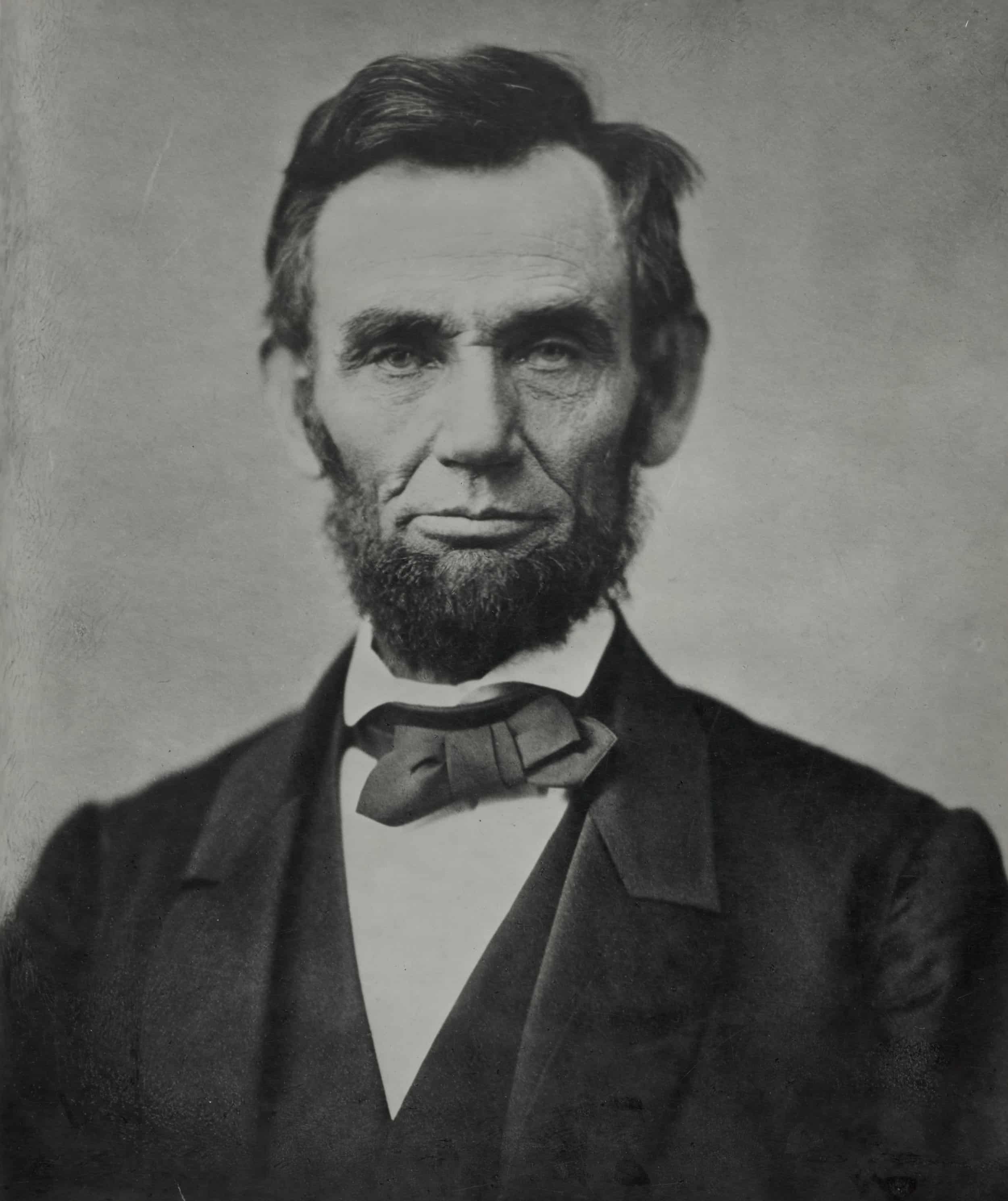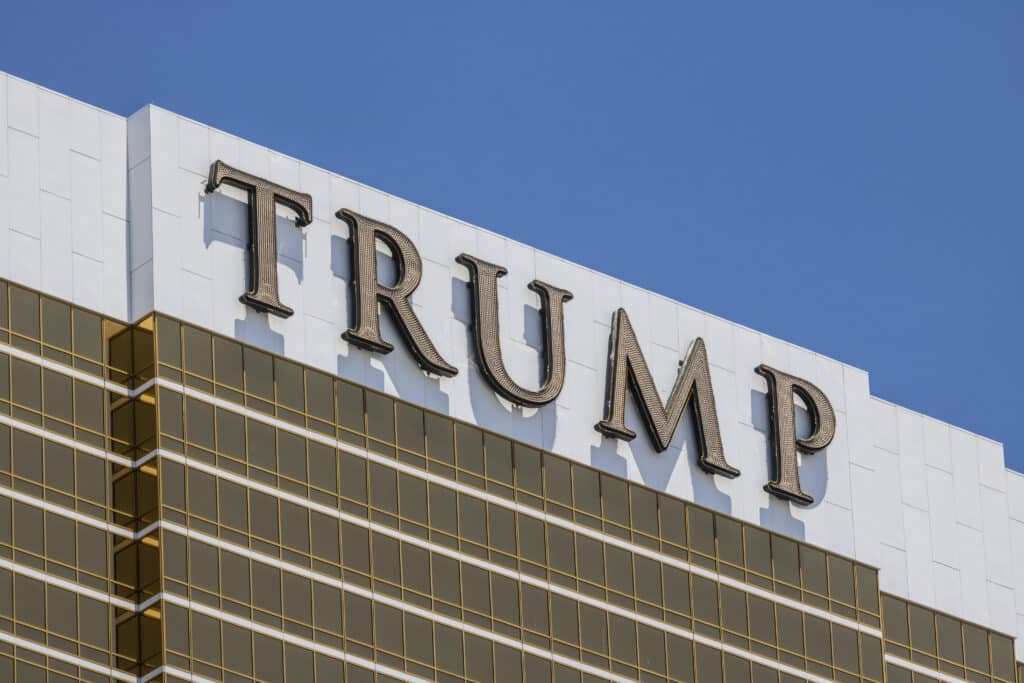Immune to Bankruptcy? Think Again!
These Historical Icons and Celebrities Prove Bankruptcy Can Happen to Anyone
Correction Notice:
CORRECTION (February 12th, 2025): A previous version of this article
erroneously included actor Nicolas Cage among celebrities who had filed for bankruptcy.
Mr. Cage has never declared bankruptcy. We have removed any reference to Mr. Cage from
this article. We apologize for the error.
Nobody wants to admit when they are low on cash and high on debt. Nonetheless, many are
left with no other choice.
If you dread the idea of filling out a few B-309 forms, perhaps some perspective can
help soften the blow. History is laden with famous bankruptcy filers. While they all
have celeb status or historical notoriety, they have one thing in common: they all rode
the tailwinds of their financial success only to find misfortune at some point in
their careers.
1. Abraham Lincoln
Believe it or not, the president who led the country through the Civil War also had to
declare bankruptcy at one point in his life.

Before he took office in 1861, Abraham Lincoln was a business owner and investor. In the
book, The President and the Freedom Fighter by Brian Kilmeade, we learn that
Lincoln was in his early 20s when he ran a small general store in Illinois around 1833.
Noticing that the business was on a downward spiral financially, he opted to sell 50%
of it. A willing investor bought half the business—only to pass away—leaving future
president Lincoln responsible for 100% of the liabilities.
In the late 1800s, bankruptcy laws were not as developed and “friendly” as they are
today. Lincoln ended up in court with creditors and had his home and other assets
seized. Although he eventually managed to pay his creditors back, Lincoln’s experience
with bankruptcy is a stark reminder that financial trouble can happen to anyone—even a
future president.
2. MC Hammer
“Can’t touch this!” … is probably what MC Hammer told himself when he looked at the
remaining $13 million of his fortune before he filed for bankruptcy in 1996. At the
height of his music career, MC Hammer was reported to have amassed more than $30
million, according to
The Telegraph.
This might sound like a lot. However, as another famous musical adage goes: “Easy come, easy go.”
During the early 90s, MC Hammer went on a lavish three-year spending spree that put him
in deep debt. While his music remained popular, album sales alone were not enough to
sustain his lifestyle. By 1996, he was in debt by $13 million. The predicament forced
him to sell everything he owned—including a home he had spent millions renovating.
These days, he has grown wiser about his finances. He became a minister and even
consulted for startups—proof that nobody is “2 Legit 2 Quit” having money troubles or
learning from them.
3. Walt Disney
Everyone knows Walt Disney as one of the pioneers of animated movies. What most don’t
discuss are the struggles he went through before his rise to success.
Before 1922, Walt Disney ran a small animation studio in Kansas called Laugh-O-Gram.
According to Forbes, Laugh-O-Gram was poised for success, garnering interest
from major companies looking for animated ads.
Unfortunately, Walt Disney was cheated by one of his distributors and did not bring in
enough revenue to keep Laugh-O-Gram afloat. In 1923, he had to declare bankruptcy,
ending what seemed like a promising start in animation.
It took borrowing money from family and friends to get back on his feet. Soon after,
Disney produced Snow White—the first full-length animated film in
history—followed by other iconic works like Mary Poppins and
Cinderella. His story is a testament that while bankruptcy is a stumbling
block, it doesn’t have to be the end of the road.
4. Mike Tyson
Mike Tyson’s boxing career was lucrative enough to earn him millions of dollars in a
single night. The money came from multiple sources: pay-per-view revenue, ticket sales,
merchandise, and TV appearances.
That fortune, however, quickly fueled lavish spending. Tyson’s purchases included
mansions, limousines, designer clothes, and exotic animals. Add in alimony, divorce
settlements, and debt to the IRS, and it’s not hard to see how his finances unraveled.
Despite amassing roughly $400 million over his career, Tyson found himself deeply in
debt. According to The New York Times, he had to file for bankruptcy in 2003.
The heavyweight champion’s experience highlights how easily even massive earnings can
disappear without prudent money management.
5. Gary Busey
Time Magazine notes Gary Busey as one of the most iconic American actors in
Hollywood. With a string of high-grossing films under his belt, he also inherited a
trait ubiquitous among some Hollywood elites—poor money-handling skills.
In February 2012, Gary Busey declared Chapter 7 bankruptcy—meaning his available assets
could not cover his debts. By that time, reports suggest he had about $50,000 to his
name while owing roughly $1 million to various creditors, including the UCLA Medical
Facility, Wells Fargo, and the IRS.
It remains unclear how exactly he ran up his debts, but what is certain is that his
income was not enough to keep up with his financial obligations.
6. Meatloaf
Meatloaf’s bankruptcy filing made headlines in 1983, and it resulted from more than
just overspending. A major lawsuit involving his songwriter, Jim Steinman, served as a
tipping point. Steinman sued Meatloaf for around $80 million, alleging breaches of
music rights laws.
Between 1982 and 1984, Meatloaf’s troubles were compounded when he lost his voice and
was later diagnosed with cocaine addiction and major depression.
His story is a stark reminder that financial distress can be tied to legal battles,
health issues, or both. He eventually recovered and continued performing, proving that
bankruptcy can be a bump in the road rather than the end of a career.
7. Donald Trump
Donald Trump is a billionaire tycoon, was the 45th president of the United States and is the 47th, and
became famous for two words in “The Apprentice.”

Unlike most individuals on this list, Donald Trump has never personally declared
bankruptcy. However, several of his businesses have filed for Chapter 11 bankruptcy.
The first case involved the Trump Taj Mahal in 1991. Over the following decade, he
sought bankruptcy protection multiple times for various casino and entertainment
ventures.
For many, these filings raise eyebrows. However, the key lesson for everyday consumers
is the distinction between business bankruptcy and
personal bankruptcy—a critical consideration when forming and funding
business ventures.
8. Burt Reynolds
The late Burt Reynolds experienced the pinnacle of success during the 70s and 80s as a
top Hollywood draw. But like many celebrities, he spent his fortune faster than he
could earn it.
He splurged on real estate (his property “Valhalla”), sports cars, horses, and a
lifestyle fit for a star. The high life caught up with him in 1993, when a costly
divorce settlement with Loni Anderson dealt a significant blow to his finances.
By 1996, Reynolds had amassed around $10 million in debt and was forced to file for
bankruptcy. In interviews, he admitted that he’d never been particularly “smart about
money,” underscoring how even high earners need financial discipline to maintain their
wealth.
9. Dave Ramsey
Dave Ramsey is one of America’s most recognized voices on personal finance, known for
his radio show and financial coaching. However, he learned many of his lessons the hard
way—by declaring bankruptcy.
Early in his real estate career, Ramsey leveraged huge loans without establishing
reliable income streams. Although he made millions in his mid-20s, the banks called his
debts due when the market shifted. By 1988, he declared bankruptcy.
Today, his net worth exceeds $200 million, according to Investopedia. Through
Ramsey Solutions, he helps others avoid the same debt pitfalls he once faced, proving
that financial disaster can be the first chapter of a bigger comeback story.
Wrapping Up
Bankruptcy can happen to just about anyone, regardless of fame, fortune, or historical
significance. Nearly all of the individuals on this list struggled with money
management, whether it was reckless spending, unexpected legal troubles, or major life
changes.
One crucial takeaway is that there is indeed life after bankruptcy.
While filing shouldn’t be your first plan, it doesn’t mean you can’t recover. Many of
the notable names above bounced back stronger—often armed with a much healthier
understanding of their finances.
Final Note
Again, we acknowledge an earlier error in including Nicolas Cage in this article;
he has never filed for bankruptcy. The information above focuses
solely on individuals who actually did seek bankruptcy protection at some point in
their lives, whether personal or for business needs.
Disclaimer: This revised article is intended for educational
purposes and should not be taken as legal or financial advice. If you have questions
specific to your situation, consult an attorney or a qualified financial professional.








